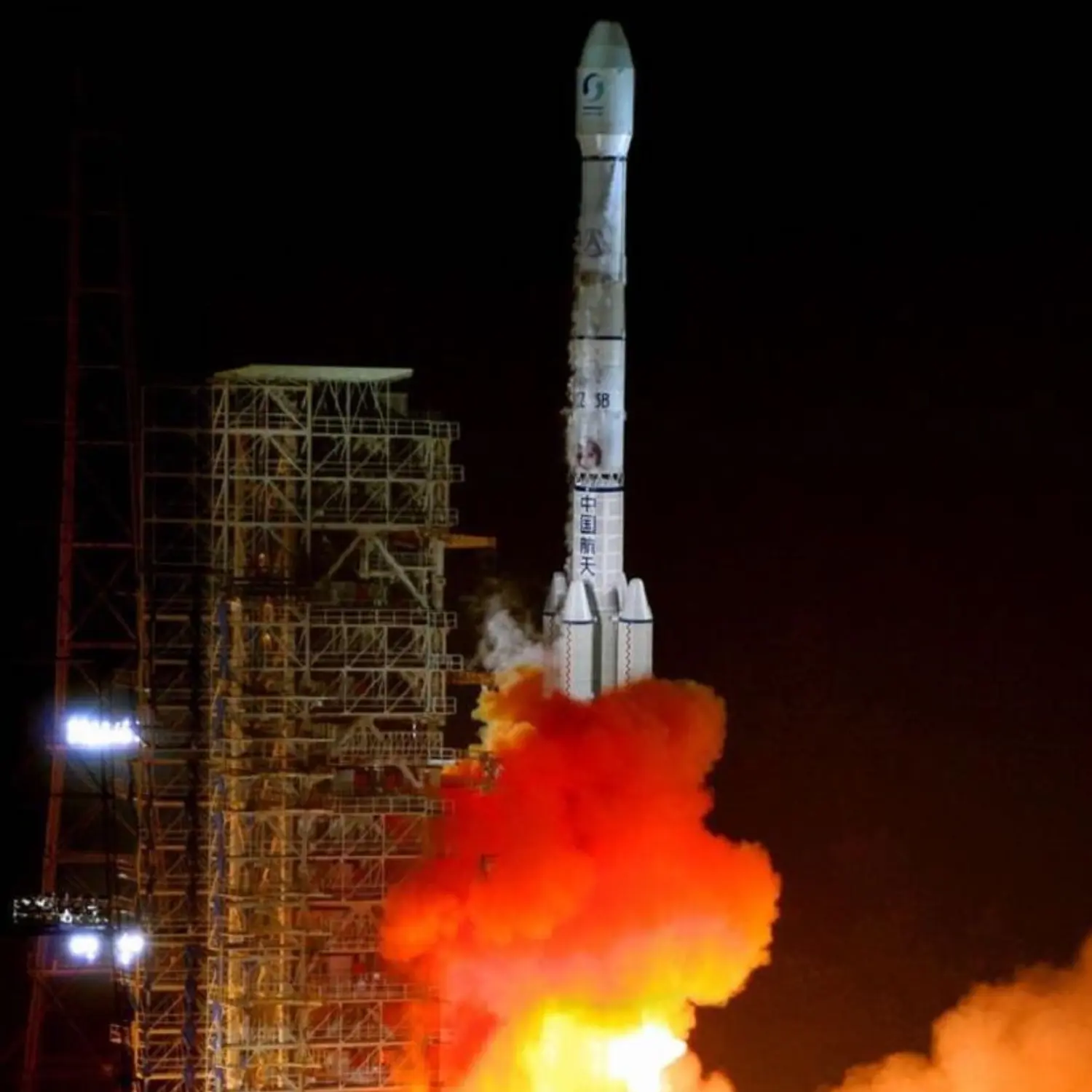/
Intelsat 708
Launch Failure
Liftoff Time (GMT)
19:01:00
Wednesday February 14, 1996
Watch Replay
Official Livestream
Mission Details
Launch Notes
Disclaimer: The video linked for this launch features loss of life and may be disturbing for some viewers. Guidance platform short-circuited right at liftoff, leading to loss of attitude control. The vehicle hit the ground at T+23 seconds and exploded, killing at least 6 people on the ground. Maiden flight of the Long March 3B.
Intelsat 708
The nine high-powered Space Systems/Loral (SS/L) spacecraft of the Intelsat 7/7A program, which provides global dissemination of voice, video, and data transmission services, have been launched and are in orbit. The Intelsat-7A communications payload architecture evolved from SS/L's Intelsat-5 series and consists of two independent communications subsystems, which can be cross-strapped and operate at C-band (4/6 GHz) and Ku-band (11/14 GHz). Total end-of-life solar array transmitter power generated by an Intelsat 7 is 3600 watts, while an Intelsat 7A generates 4800 Watts. The Intelsat-7A spacecraft are based on SS/L's three-axis, body-stabilized SSL-1300 bus, whose modular design has proven its worth during some 290 years of cumulative on-orbit service, close to one-half of the total of 650 years amassed by SS/L satellites to date. The Intelsat-7A designation identifies the three satellites that were enlarged and fitted with additional communications capacity and power. Four additional, more powerful Ku-band transponders, each with up to 73-watt TWTAs, and a fourth solar-array panel provided the added capacity.
Geostationary Transfer Orbit
1 Payload
4,180 kilograms
Rocket


Manufacturer
CASCRocket
Height: 54.84m
Payload to Orbit
LEO: 11,500 kg
GTO: 5,100 kg
Liftoff Thrust
5,924 Kilonewtons
Fairing
Diameter: 4m
Height: 9.56m
Stages
3
Strap-ons
4
Launch Site
Stats
Long March 3
12th
Mission
1st
Mission of 1996
1996
8th
Orbital launch attempt